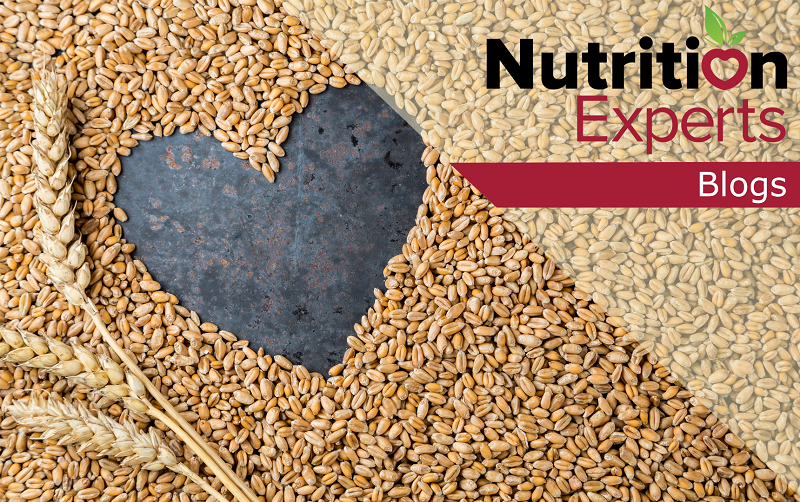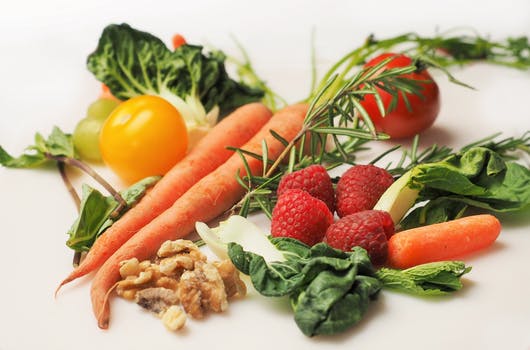
By: Aylin Lopez, CSUN Dietetic Intern Cohort 2022-2023
From puddings to crackers to jams, chia seeds are a versatile food that can be used in a variety of different ways due to their mild, nutty flavor. In case you’re unfamiliar with chia, they are gritty and crunchy seeds that taste like poppy seeds and form a gel consistency when soaked in liquid. Chia, also known as Salvia hispanica L., is an herbaceous plant and a species from the Lamiaceae family, which is native to northern Guatemala and southern Mexico.1 Chia can be found in the form of whole seeds, powder, mucilage, and oil. Chia seeds are widely recognized for their excellent nutrient composition and health benefits. While most individuals can benefit from the consumption of chia seeds, they are specifically recommended by nutrition experts to those with constipation and high cholesterol.
Continue reading

 By Laleh Bral, CSUN Dietetic Intern
By Laleh Bral, CSUN Dietetic Intern



